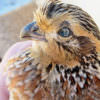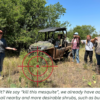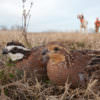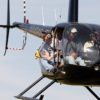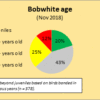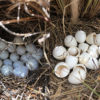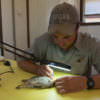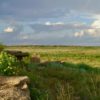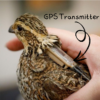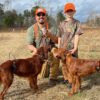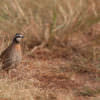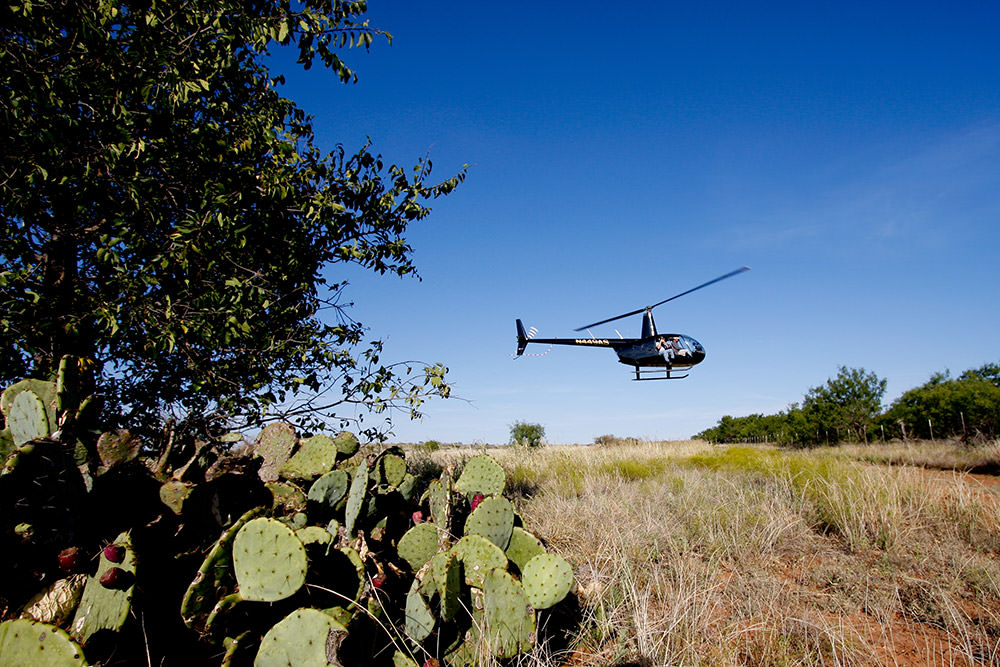
by Daniel King
This month we discuss what we call “brood patches.” Much of a quail’s diet comes from seeds (primarily from forbs) and arthropods, and both of those menu items tend to be more prevalent in recently-disturbed plant communities. We implement disturbance in a variety of ways to “set back” succession and maintain the heterogeneous landscape we desire. One of the more efficient and effective of those has been the use of a tandem disk to disturb the soil in small patches scattered across the ranch. Each year we “build” 30-35 of these patches at 2-3 acres each from November-February. These areas typically grow up in annual sunflower, croton, filaree, and a number of other forbs followed by a flush of arthropod abundance and diversity. We think the annual sunflower abundance creates great vertical cover for both chicks and adults (particularly valuable in areas where you lack vertical cover from other sources), while the relatively open ground is easy to navigate. Preliminary data from a project conducted by our Executive Director, Brad Kubecka, indicate annual sunflower DNA was present in 89% of fecal samples (n=27) collected from broods at the Research Ranch in 2019. While these molecular methods are sometimes fraught with various issues, i.e., DNA could be present due to pollen or secondary feeding (quail chick eating insects which ate sunflower), the data generally support the notion that annual sunflower was a common component of resources used by chicks. On the other hand, similar research indicates that the utility of brood patches depends on soil quality, where broods select for “weed” patches more in sandier soils.
If you feel brood patches would be beneficial for your ranch, here are a few tips for creating them:
- They need to be well dispersed across the habitat. We shoot for 1 to 3 brood patches per 100 acres of navigable habitat (we exclude anything over 4% slope).
- Keep the disk shallow, around 3-4 inches deep.
- Disking anytime between November and February will create a good sunflower response (in our latitudes), but the latter half of that window seems to do the best.
- Shoot for 2-3 acres, but there is no need to be too technical or try and get every inch. The birds (and your equipment) will appreciate you dodging the woody cover and any good patches of nesting cover. (I would dodge prickly pear if you can as well, as disturbance will likely spread it).
- In your first year of doing this, I recommend broadcasting annual sunflower seed while you do it. In following years, you should not need to put out any more sunflower, but can definitely try out any number of other seeds. We have broadcast Illinois bundleflower, western ragweed, sorghum almum, and wheat on our patches.

